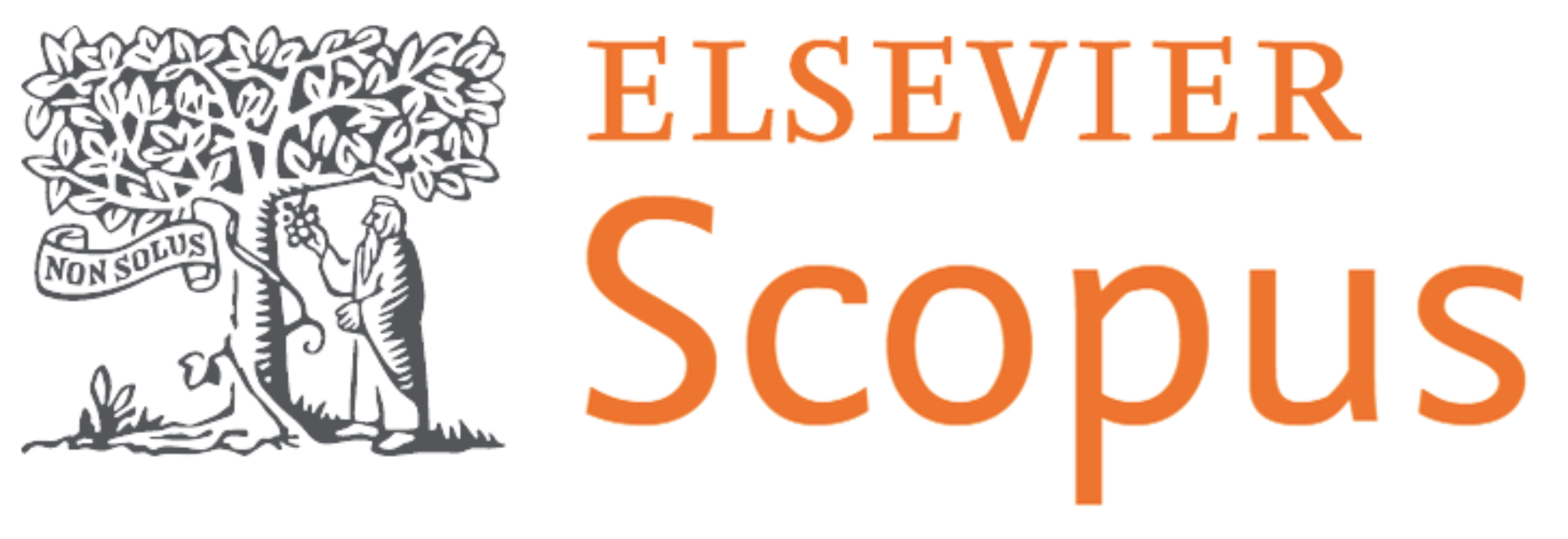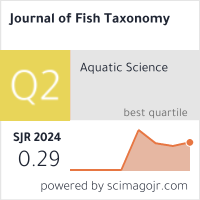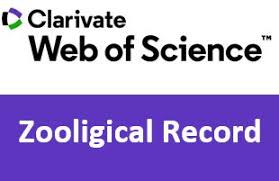Introduction Of Green Economy-Based Bio-Floc Technology for Sustainable Fish Production in Some Drier Regions of Ganjam Districts of Odisha
Keywords:
Green economy. Bio floc. Sustainable fish production. Drier region. Ganjam. Odisha.Abstract
Aquaculture is in one of the prime enterprises in the Ganjam district of Odisha. Out of monsoon deficient and drier blocks Rangeilunda, Kodala, Khallikote, Patrapur, Hinjili, Digapahandi, Chhatrapur three blocks namely Rangeilunda,, Khallikote and Hinjili were selected to study the efficacy of biofloc technology for fish production. Our study is conducted between October 2022 to October 2025. Growth performance of three different species of fish as Rohu (Labeo rohita), Bhakur(Catla catla) and Magur(Clarias batrchus) monitored as well as profit generated during this period. Fishes were found to be reared tank of radius 18 meter and volume 25000 litres. 1500 fingerlings catla and rohu in the ration 2:3 introduced per cycle with total of 3000 in two production cycles of the year. In similar way 2500 Clarias fingerlings introduced in other biofloc tank. With optimum feeding growth performance monitored in three sites in two cycles of the same year. Revenue and profit generated in the selected regions comparison between the species introduced and different regions performed by RBCD analysis and ANOVA. The mean production of Rohu and Catla fish for Rangeilunda, Khallikote and Hinjili was 1947.46±17.67 kg, 1950.03±17.19 kg and 1955.13±19.76 kg, respectively. The mean revenue generation for all the three locations was Rs. 292120.00±2651.42, Rs.292505.00±2579.16 and Rs. 293270.00±2964.19, respectively. Likewise, the mean profit was Rs. 163120.00±11136.87, 163505.00±11105.72 and 164270.00±11404.44, respectively. The ANOVA results in cultivation of Rohu and Catla indicate that there is a significant difference among the treatment means at 5 % level of significance. Significant at (p< 0.01), Significant at (p<0.05) and N/A = Non-Significant. But for Magur The ANOVA results indicate that there is no significant difference among Interaction means at 5 % level of significance. The system is found to be economically viable for fish farmers in the studied areas but due to lack of deeper knowledge production gap is persisting which can be nullified by proper training through experts.








